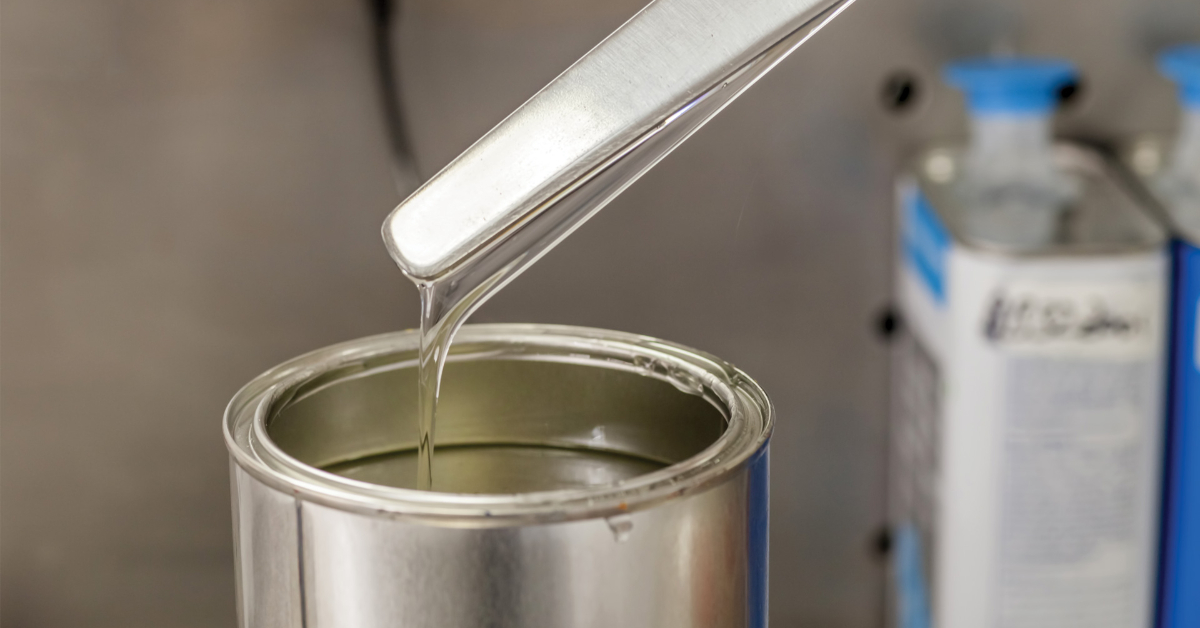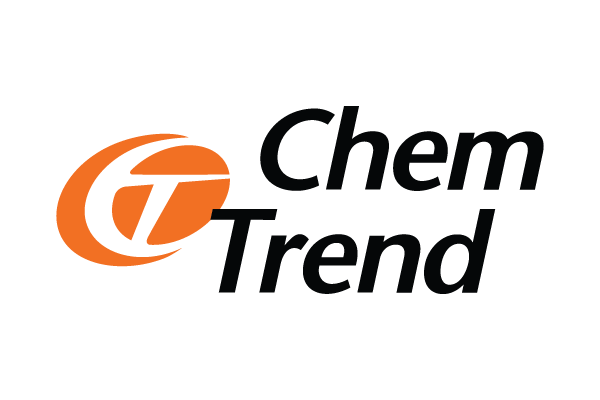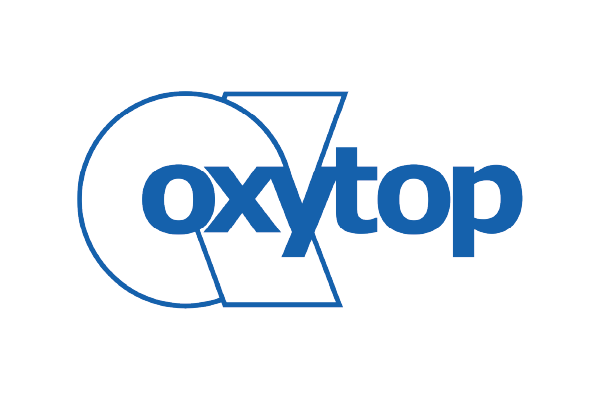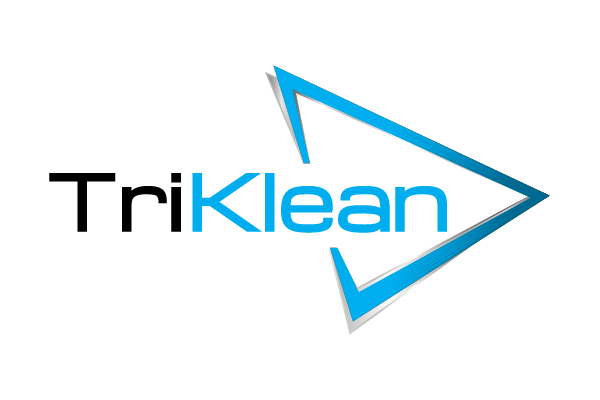- Leading Composite Wax and Mould Release Supplier
Wax and Mould Release
Release agents play a vital role in the composites moulding process by creating a barrier between the mould and the part. Therefore, choosing the correct release system ensures the mould’s longevity, maintains the part’s finish quality, and maximises the number of parts taken from the mould.
To learn more about our wax and mould release, request a call from one of our technical sales team members or simply send us a message.

Wax Release Agents
Wax, initially developed as a release agent, comes in paste or liquid forms, available in natural and synthetic options. Typically, users apply it by hand, but they can also spray it onto the tool or mould. Next, apply wax directly to the mould, let it air dry, and then buff it to a high-gloss barrier. Furthermore, you can easily remove wax with a degreaser, and it works with polyester, epoxy, and vinylester resins.
Our release waxes prevent your part from attaching permanently to the surface of your mould. In particular, wax proves useful in casting and remains the oldest form of mould release. Moreover, you can easily apply wax by hand to new or existing moulds (just make sure to clean them thoroughly first!).
Additionally, two of our most popular wax products include Meguiars Mirror Glaze and Honey Wax.
Meguiars Mirror Glaze creates a barrier film with ultra-high-gloss finished parts. When applied correctly, it offers multiple releases without the need for reapplication. Mirror Glaze stands as the industry’s ‘standard’ for paste mould release wax and withstands exothermic temperatures up to 121˚C.
Honey Wax is a high-gloss paste compounded with the purest grade of carnauba wax. As a result, it remains more durable and resistant to abrasion. Honey Wax creates a durable surface suitable for multiple pulls.
PVA Release Agents
Unlike its wax counterparts, you can spray or wipe PVA release onto a range of mould surfaces, providing a reliable release barrier for polyester, vinyl ester, and epoxy composites. However, PVA leaves a texture on the finished part that you must polish out, making it ideal for situations where release issues are more likely.
Our PVA release comes in blue, helping you see where you have applied it to the mould and where you still need to cover. Therefore, apply only one coat, as additional coats will create an uneven surface.
Before reapplying, clean moulds thoroughly. In most cases, you do not need expensive cleaning products—water and a lint-free cloth will often suffice.
Chemical Release Agents
Chemical Release Agents offer low build-up and high-gloss qualities; therefore, they are considered semi-permanent release agents. Moreover, they work with polyester, epoxy, and vinylester resins, as well as all standard tool surfaces. Often, regarded as a go-to product, these agents can be used in elevated temperature curing processes. You can apply them by hand using a lint-free cloth.
We offer an extensive range of release agents that enhance productivity and improve part and surface quality. In addition, our products include water-based, solvent-based, silicone, and silicone-free release agents, all designed to improve operational efficiency and product quality.
Our semi-permanent release agents allow many mould releases between applications, thus providing efficient and easy release. Furthermore, you only need to apply small amounts, resulting in a cleaner working environment, less storage space, and better efficiency, as you apply the release system less frequently.
Waxes
Waxes remain the most commonly used release agents for composites. Additionally, they create a durable wax surface that stays intact for multiple pulls. Moreover, you can apply them easily, and they act as a soft release paste wax that buffs to a high-gloss finish.
For best results, use waxes with polyester, epoxy, and vinylester resins. Typically, you apply them by hand using a soft, lint-free cloth.
Semi-Permanent Systems
Semi-permanent release agents work at higher heats and resist chemicals better than their temporary counterparts. As a result, they prove especially useful for moulds that will be post-painted or bonded, since the release agent will not come off with the parts.
Internal Release Agents
Internal release agents are dissolved in the resin mix, therefore offering a high release effect without impairing the chemical and physical characteristics of your mould.
PVA
You often spray or wipe PVA onto mould or pattern surfaces to create a reliable release barrier. In addition, you can use PVA with polyester, epoxy, and vinylester resins and gelcoats.
However, if you apply PVA over mould release wax, ensure the wax contains no silicones, as silicones will cause separation or “fish-eyes.” Furthermore, you can easily remove PVA release film from moulds and mouldings with water.
Release Film
Release film is most commonly used in wet laminating within a vacuum, and it offers excellent release when using polyester, epoxy, and vinylester resins. Moreover, it provides the ideal restriction to resin flow between the laminate and breather layer, allowing surplus resin to be drawn out of the laminate without excessive bleed-off of the resin.
Our CATALYST, RELEASE AGENT & CLEANER Suppliers
At Tricel Composites, we proudly partner with industry-leading manufacturers Chem-Trend and Oxytop as an authorised distributor of high-performance catalysts, release agents, and cleaners across the UK and Ireland. These trusted partnerships enable us to deliver cutting-edge solutions that enhance manufacturing efficiency, improve product quality, and support sustainability across a wide range of composite applications.

CHEM-TREND
Chem-Trend manufactures release agents, purging compounds, and process chemical specialties, serving composites, die casting, and thermoplastics industries. Their solutions enhance productivity, quality, and sustainability. Tricel Composites supplies Chem-Trend’s advanced products to support efficient, high-performance manufacturing.

OXYTOP
Oxytop produces organic peroxides for the copolymerisation of unsaturated polyester resins. Known for high purity and consistent quality, their products are developed with a strong focus on safety and environmental responsibility. Tricel Composites distributes Oxytop’s products, trusted across composite manufacturing for their reliability and performance.
TRIKLEAN
TriKlean is a non-hazardous, biodegradable solvent cleaner that safely removes uncured resin, gelcoat, and adhesives, offering a safer, more effective alternative to acetone. Supplied by Tricel Composites in liquid and wipe formats across the UK and Ireland.
- Why Choose Us?
Why Choose Tricel Composites for your Composite Material Needs?
At Tricel, we strive to achieve the highest standard of quality with every undertaking. In particular, this includes all individual project elements, such as organisations, production processes, and customer service. Furthermore, our bespoke capabilities also cover all aspects of design, delivery, and build. As a result, we pride ourselves on producing high-quality results, which has led to our employment and utilisation by many of today’s leading industry brands.
cUSTOMER sERVICE
We assign each customer a dedicated composites account manager to ensure their needs are met - driving service excellence and continuous improvement.
dELIVER ON tIME
On-time delivery is a core requirement of our business. We use a network of specialist couriers to ensure your delivery arrives on time, every time.
cERTIFIED pRODUCTS
All Tricel Composites products are rigorously tested and certified to meet stringent industry standards, ensuring consistent quality, safety, and performance.
60 Years in Business
Tricel Composites is part of the wider Tricel Group, with over 60 years’ experience across design, manufacturing, and distribution in the composites industry.

